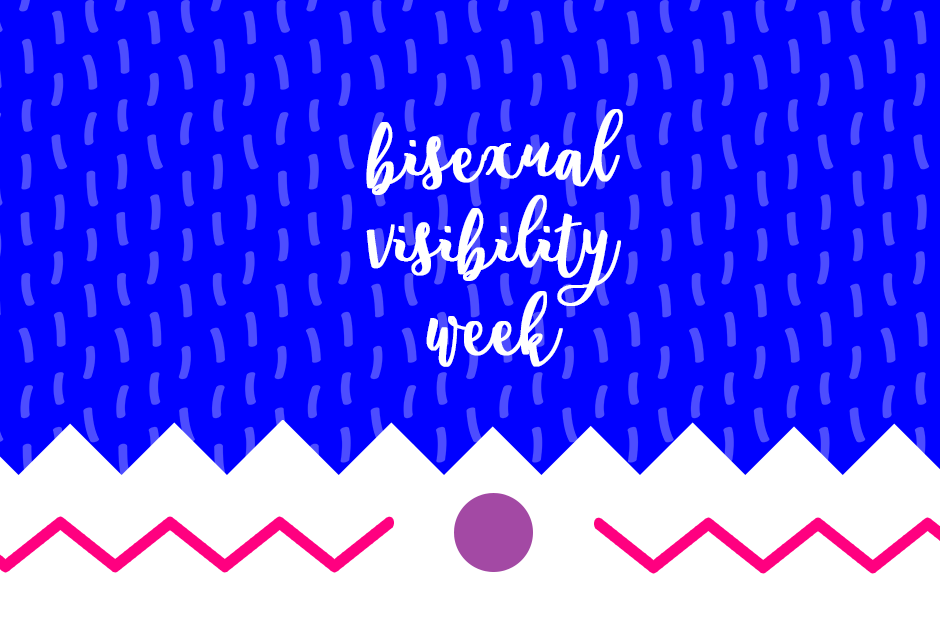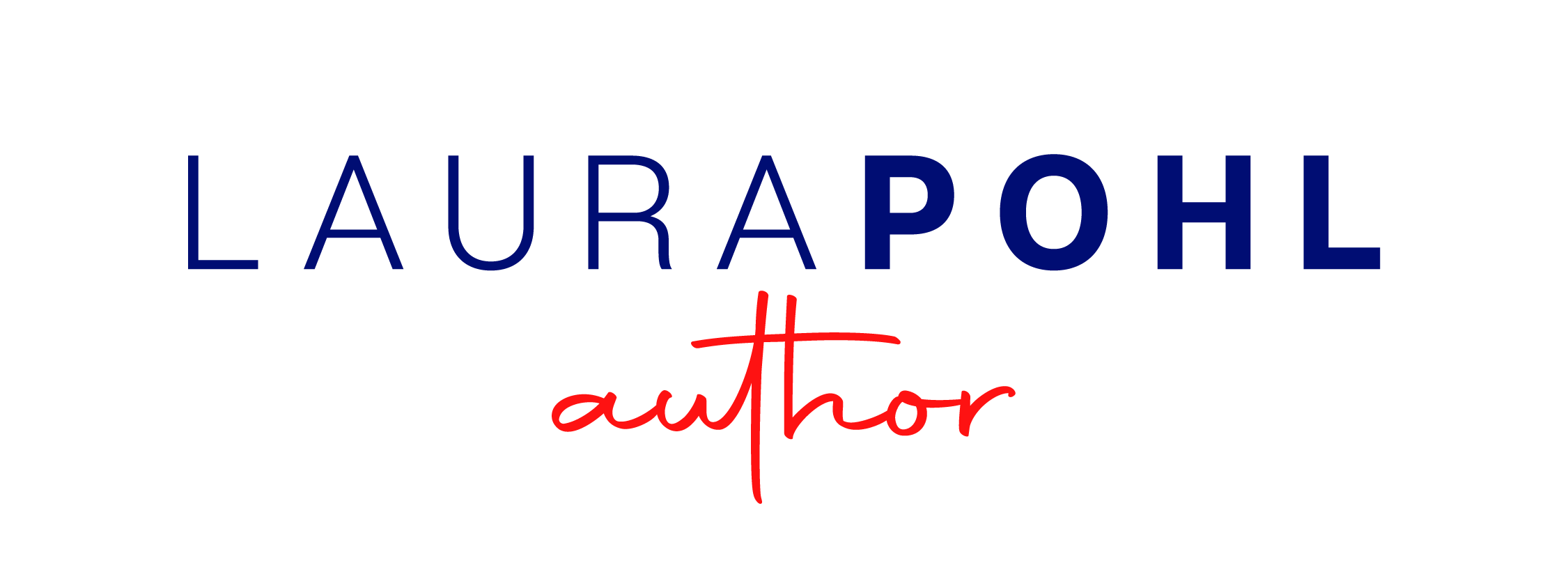 It’s bisexual visibility week so I thought I might as well write a post on it. And as always, I’m going to connect it to reading and writing. Sit tight and bear it with me.
It’s bisexual visibility week so I thought I might as well write a post on it. And as always, I’m going to connect it to reading and writing. Sit tight and bear it with me.
Bisexuality is a complicated identity to identify yourself with. First, because there aren’t a lot of us out there in books and movies. And second, because there’s constant erasure of sexuality that comes both from outside and inside the LGBT community.
It seems strange that the B in LGBT always seems worn down. This week even we had a bad scandal with VOYA magazine, a YA review magazine who deemed it would be great to put a “content warning” for a book because the book has a bisexual MC. What is even more interesting is that there isn’t a content warning for the heterosexual sex that happens in the book. By interesting I mean it leaves me furious and raging, by the way.
This is not the first time it happens. There’s constant erasure of bisexuality in books, and many reviews that label it as ‘mature content’. It’s no different than heterosexuality (which doesn’t warrant any content warning in any website, ever). Which is just to point out how often it’s completely erased even within the LGBT community. There’s a lot of myth about bisexuality and the big umbrella it expands to – queer, pan and others – and unfortunately, it’s often seen as a sexuality of people who are “confused”, afraid to come out, or simply promiscuous and uncapable of “picking a side”.
The thing about bisexuality is that it’s not about picking a side. It’s never been about that. Personally, for me, I discovered the label when I realized that for me it didn’t really matter the gender of the person who I liked. It doesn’t matter to me whether that person is a man, a woman or even genderqueer. And when I accepted that, I just felt so much happier. For me, it was simply confusing that I was a girl who was supposed to like boys, but also felt that it was OK to like girls, too. For me, it was confusing when bisexuality didn’t seem like a possibility.
Even so, it took me such a long time to write a character who openly identified as bisexual. Even though this was (and is) who I am, it was still very strange to insert it into writing. What if people thought this was forcing it out? What if they wanted to issue a content warning over it? And worse of all, as I’m a querying author, what if I ended up never getting an agent because it was unsellable?
As it stands, I write mostly speculative fiction. I’m not big on the contemporary or issue books. It’s hard to find books about LGBT people, and it’s even harder to find books that are non-issue. I would have loved to read a book with a bisexual MC when I was a teenager. It would have made my life so much easier.
Because that’s what we’re looking for in fiction. To see a reflection of ourselves. Of who we are and who we can be. Saving the world, being heroes. Because when you read SFF, it ends up being automatically about straight, cis people. And it shouldn’t have to be. Queer people shouldn’t have to fight to find themselves in books and movies.
I knew I could do better. I could put all my fears aside and write the books I wanted to write, the books I wanted to see on the shelves. For so long I was afraid of putting it out there, writing “safe” books. But there have been so many inspiring authors – like Tristina Wright, Heidi Heilig and Zoraida Cordova, who all have queer characters in their books – that led me to put the publishing status quo aside and simply let myself write what I want to write.
Because in the end, that’s what this has been about. It’s fear keeping us out. Fear of writing something that you are, and fear that you’ll never be published if you do so. But let me tell you something: you should write what you want to write. No matter what publishing says. If you’re putting aside what you want, the end goal will never be satisfactory. It won’t matter. You have to decide what you’re going to stand for. Your goals. What you want. If you stand for nothing, what do you fall for?
Right now, we have a lack of bisexual characters. I read a great article about bisexual representation in YA over at LGBTQ Reads about how in the end, it’s hard to portray fully a bisexual character, because we don’t have enough representation yet. If it’s a m/f relationship, it’s basically het. If it’s f/f, it’s lesbian. This is a very shallow way of looking at things, but it’s often how bisexual characters in fiction are perceived. Spoiler alert: bisexual people remain bisexual, regardless of who they have a relationship with. Dating a girl? Bi. Dating a guy? Still bi. This isn’t a moon cycle where sexuality changes. It’s not a phase. The moon has phases, but funnily enough, none of them are named ‘bisexuality’.
It’s hard to validate an identity which we see so little represented. It’s hard because we have very few books that have to represent thousands of different people, from different races and different personalities. And this is what we have now, which is why it’s so important to have representation done right. And eventually, we’ll have enough that one bisexual character doesn’t have to stand for the whole community.
Last month, I started revising a novel that had a heterosexual MC. At the beginning, I wanted to write her as bi, but I could never get around to it. I made excuses. I thought it was safer that way. With this new revision, I said ‘eff this’. I’m going to write what I want. So I changed one of the characters so it would all come together.
The new revision made me so happy. It made me smile again with the story. It made me realize this is what I want to write, over and over again. Characters who are like me. Characters who are different than me, but can also represent bisexuality on the page. And maybe in the future, other teenagers won’t have to struggle to see themselves in the page. And if there’s one thing that makes me happy, it’s that feeling.
